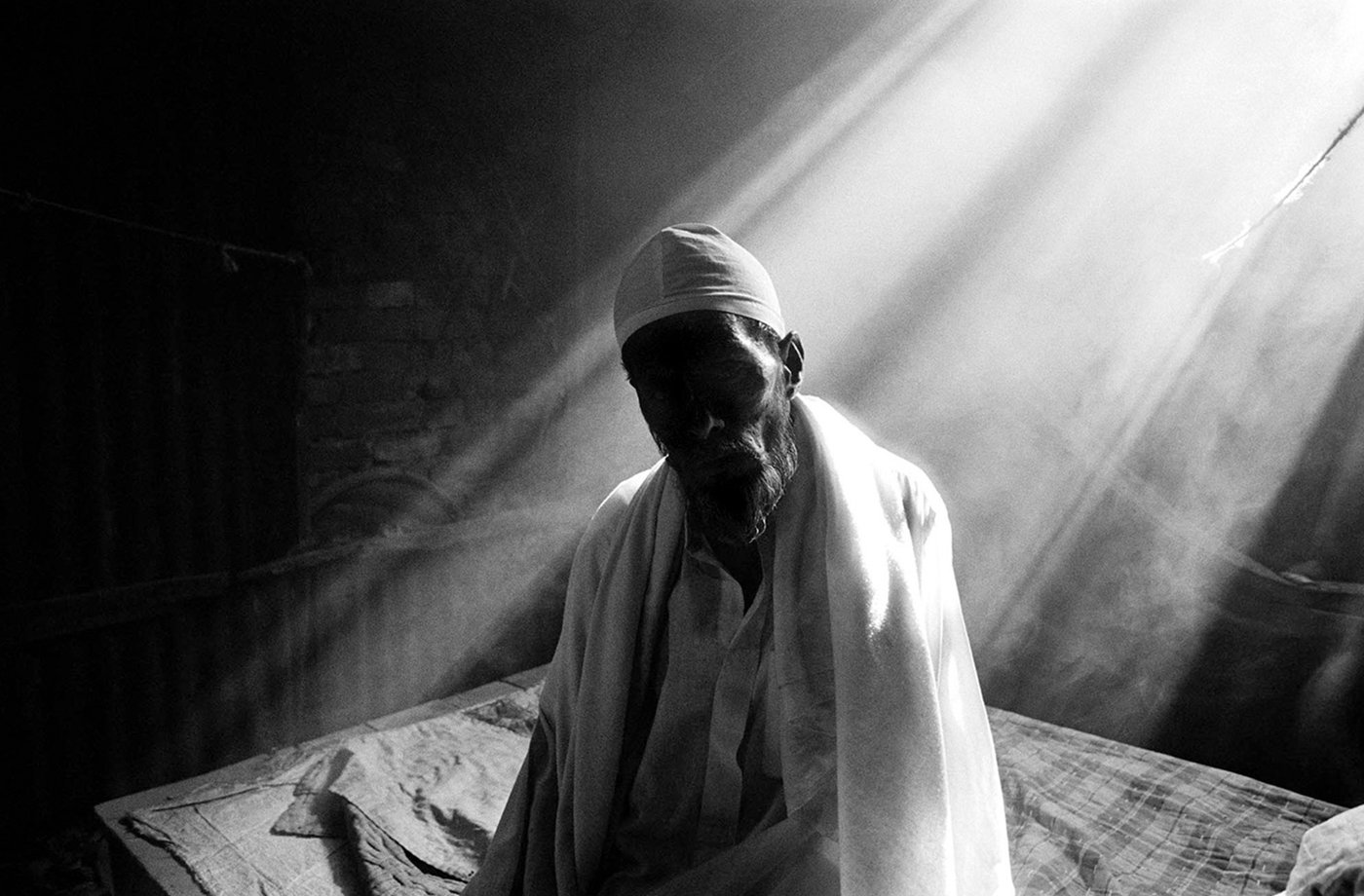Greg Constantine • Nowhere People
Ongoing • Blue Earth Fiscal Sponsorship
-
“To be stripped of citizenship is to be stripped of worldliness; it is like returning to a wilderness as cavemen or savages…they could live and die without leaving any trace.” – Hannah Arendt
I was introduced to statelessness in 2002, while working on a project about North Korean refugees seeking asylum in Southeast Asia. I met several North Korean women who had lived for years hiding in China. When I met them, they had just escaped from China and were on the run. They were traveling with their small children hoping to make it to South Korea. The children did not possess birth certificates or any other form of identification. They were not citizens of North Korea or China. They were stateless. Their situation forced me to ask questions about their futures and about the challenges they would face without citizenship, without an identity or documents. A few years later, I revisited my experiences working on that story and decided to investigate the lives of stateless people more broadly. The end of 2005 would spark the beginning of Nowhere People. What was initially going to be a one-year project in Asia turned into a ten-year global exploration. Each year, I learned more about the tragedy and the scope of statelessness in the world, which made me more dedicated to documenting and photographing the people and communities affected by it.
When I started work on Nowhere People in late 2005, statelessness had received very little attention and only a handful of international organizations were focusing on it. I saw this as an opportunity to comprehensively explore the subject. As a photographer, statelessness and the struggles of most stateless people in the world was uncharted territory. Stateless people are invisible to most, yet the denial of citizenship impacts regions everywhere and rests as the root cause to any number of critical issues, including forced migration, human trafficking and even armed conflict.
Every year throughout this project, recognition for the need to address the plight of stateless people has increased and gained momentum. But for most people and communities documented in this project, their lives have not improved. For some, like the Rohingya, the Bidoon and Dominicans of Haitian descent, their situations have become exponentially worse. Yet for a few, positive change has occurred. After I completed my work on the Urdu-speaking community in Bangladesh in 2008, the community was granted citizenship. Decades of statelessness were over, but the aftermath continues to paralyze most in the community. New laws in Kenya and a ruling from the African Committee of Experts on the Rights and Welfare of the Child in 2011 regarding Kenya’s failure to register and grant nationality to Nubian children have improved the situation for the community. Several countries have signed the two UN Conventions that focus on statelessness. Academic research and involvement by local civil society all over the world have propelled the understanding, awareness and discussion of statelessness to an entirely new level. Global, regional and country-level conferences and meetings about statelessness regularly take place, which bring people together to discuss strategies and solutions.
Nowhere People organically grew into a ten year project. Actually, an exploration into the lives of this global community of stateless people. The project intends to give a small voice to people who for generations have had none. It aims to show the human toll the denial of citizenship has claimed on people and ethnic groups that find themselves excluded from society by forces beyond their control. More importantly, it hopes to provide tangible documentation of proof that millions of people hidden and forgotten all over the world actually exist.
To understand, we need to know who stateless people are and see the real problems they face in their day-to-day lives. Photography has the capacity to provide tangible proof and evidence that stateless people exist and show us their sheer courage to survive day after day despite being denied their fundamental rights. One of the many objectives of this project has been to ensure the human stories and human face of statelessness are included in these discussions and not lost.
-
Please contact Greg directly if you are interested in sharing this story - grconstantine@gmail.com
-
CENTER is a 501(c)(3) organization. Donations may qualify as a charitable deduction for federal income tax purposes.
DONATE HERE or at the bottom of this page.
-
Thank you for joining us for the September 21, 2023, Blue Earth Panel Discussion.
About the Artist
Greg Constantine is a documentary photographer who works almost exclusively on projects that focus on human rights, injustice and inequality. In 2005, he moved to Asia and began work on his long-term project, Nowhere People, which documents the struggles and plight of stateless communities around the world. Constantine spent over eleven years documenting stateless communities from Bangladesh, Myanmar, Nepal, Malaysia, Sri Lanka, Kenya, Ivory Coast, Dominican Republic, Ukraine, Serbia, Italy, Holland, UK, Iraq, Kuwait and Lebanon.
nowherepeople.org

Contribute to Nowhere People
© Greg Constantine











